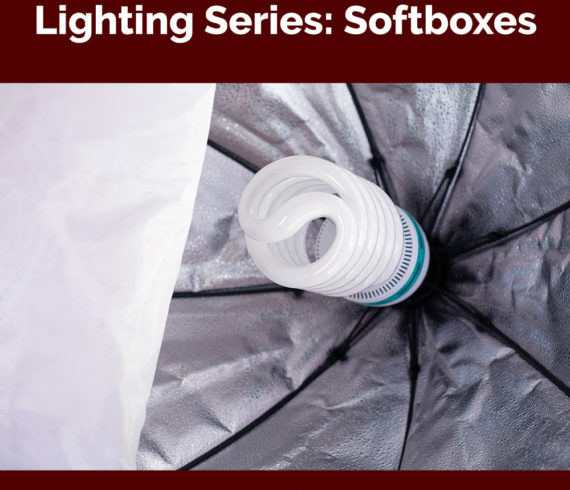
How to retouch skin
by Shekinah Shazaam Photography·
October 07, 2018·
in Blogging, Editing·
0 comments
tags: blog, blogging, editing, lighting series, love, passion, photography, removing blemishes, retouching skin, shekinahshazaamphotography
Read More

Lighting Series: Golden Hour
by Shekinah Shazaam Photography·
September 16, 2018·
in Blogging, Lighting Series, Photography·
0 comments
tags: blog, blogging, golden hour, lighting, lighting series, lighting tips, love, magic hour, passion, photography, shekinahshazaamphotography, sunrise, sunset
Read More

Lighting Series: 1 point
by Shekinah Shazaam Photography·
February 18, 2018·
in Blogging, Lighting Series, Photography·
0 comments
tags: 1 point lighting setup, blog, blogging, lighting, lighting series, lighting tips, love, passion, photography, shekinahshazaamphotography
Read More

Lighting Series: Soft Boxes
by Shekinah Shazaam Photography·
June 18, 2017·
in Blogging, Lighting Series, Photography·
0 comments
tags: blog, blogging, lighting, lighting series, lighting tips, photography, shekinahshazaamphotography, soft box, umbrellas
Read More